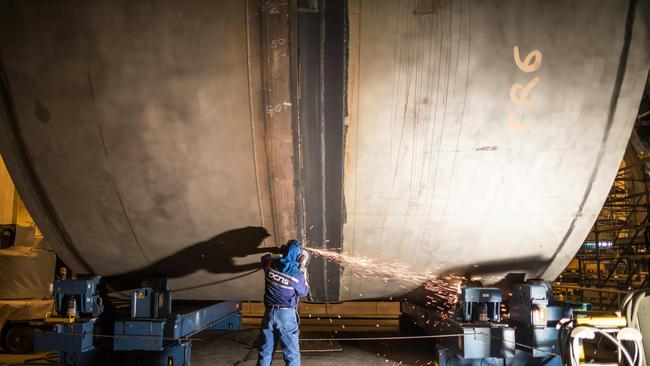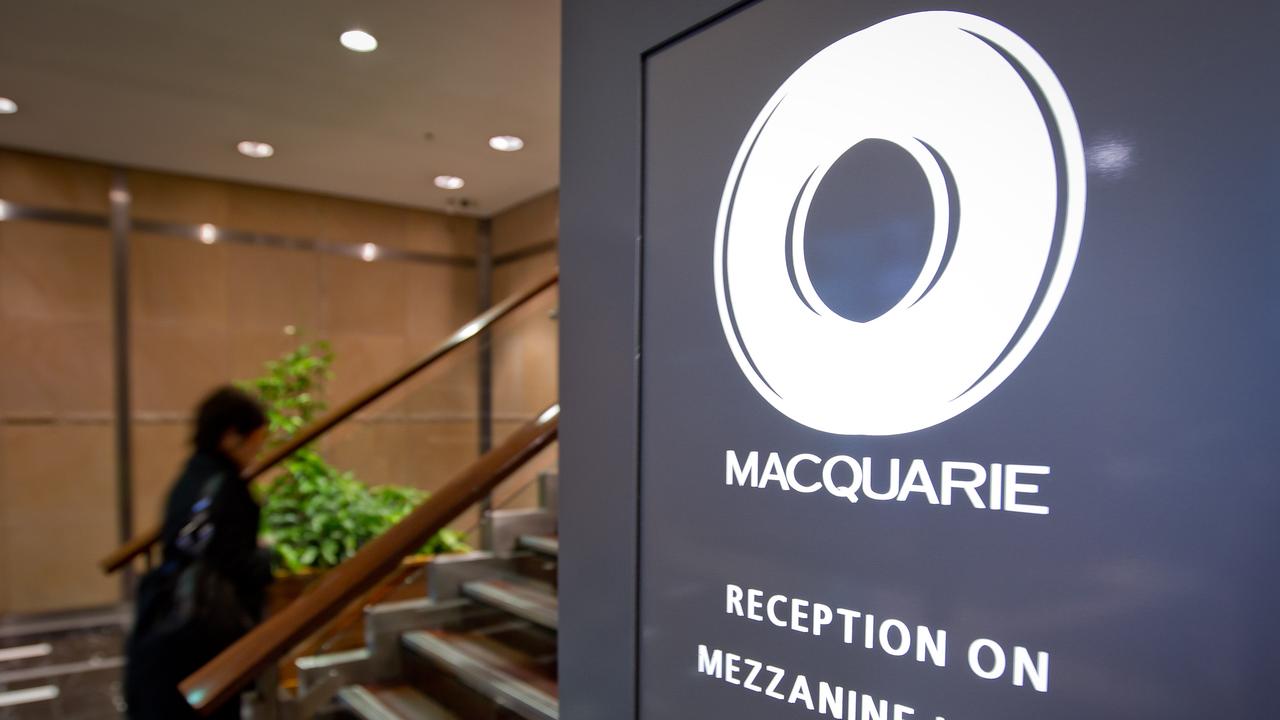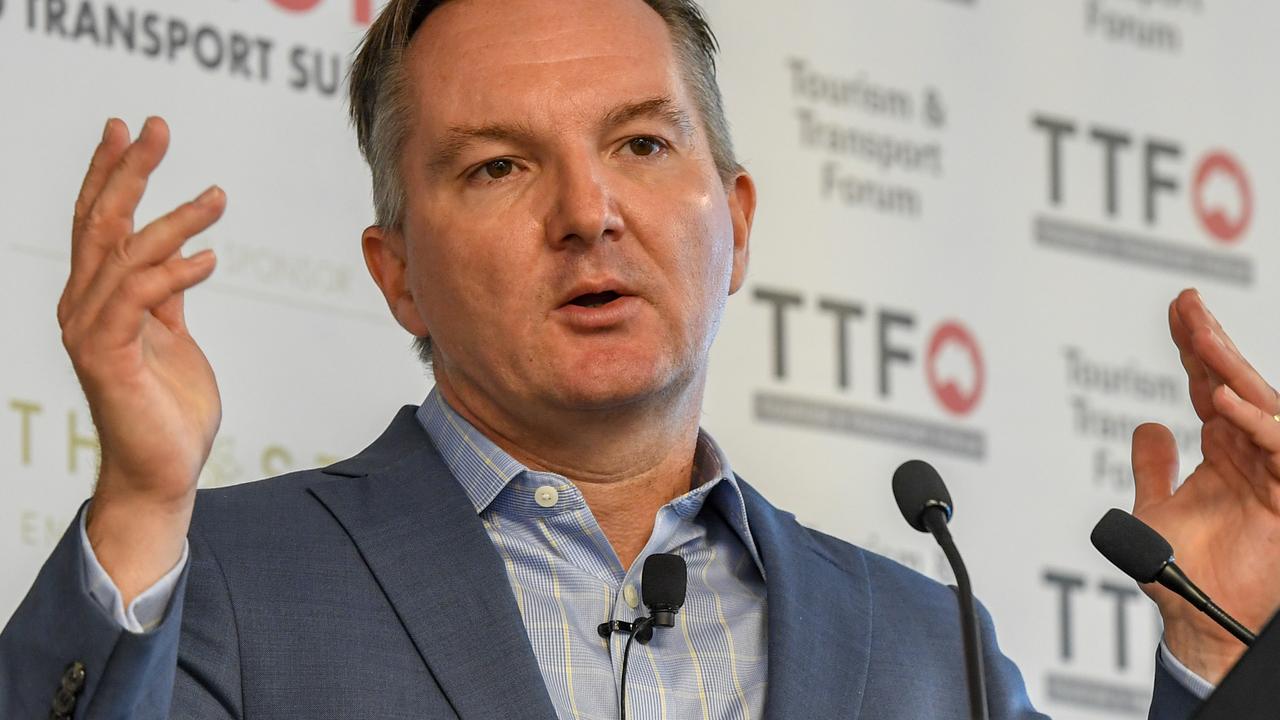
Let’s start with what went right with the tender process and then go to what went wrong. There are lots of lessons.
I have been able to establish from a number of sources that there was a very detailed look at the technical aspects of each of the tenders and the French came out on top. The Americans were involved in that process and the government expects to be able to use US weapons systems, which is different to what I was originally advised.
But the tender is still subject to commercial negotiation. And it’s here that we’re going to see the fallout from where it went wrong.
The first area of confusion stems from the description of the tender as a $50 billion project. How that figure was calculated has never been explained but what defence officials did was to take the original bid prices and escalate them by the inflation rate over many decades.
There is absolutely no transparency in the figures quoted and they’ve been designed so that nobody could accuse the defence department of getting it wrong. This is not the way a tender should be announced and it has done great damage to Japan and Germany.
The tender price in today’s dollars for both the French and Japanese is in the vicinity of $20bn. We do not know what the equivalent French tender was but it was nowhere near $40bn. The $40bn comes from the confusion in Paris over how the tender process played out, which I understand has now been cleared up between the Prime Minister, Malcolm Turnbull and the French President Francois Hollande.
The tenderers were required to put three bids on the table: one for total overseas construction, which was not a serious option; one for a hybrid process, which probably would have involved the first two submarines being built overseas; and a third for all 12 submarines to be built in Australia.
When the tender was announced, the French Presidential office declared in the newspaper Le Monde that €8bn, or $12bn would be spent in France and some 3,000 to 4,000 people would be mobilised. That is still the French peoples’ expectations as to what this tender means. The French hope that over time this initial statement will be forgotten.
It wasn’t until 48 hours before the announcement that Australia settled on building all four submarines in Adelaide. Clearly the French Presidential office had not caught up with this development.
In coming months, there will need to be a commercial negotiation between Australia and France as to how the 12 submarines will be fully costed. Obviously, the basic French tender will be the starting point but the early confusion in the French Presidential office won’t make the project any easier.
I think it’s important that in future tenders the government is frank with the Australian people and the competitive tenderers and describe the project in current dollars rather than an inflated theoretical figure that has no meaning whatsoever and is merely a cover-up for defence officials.
That way we can monitor what actually takes place. As it now stands, a deal will be done between the French and the Australian government for which there will be no benchmark where the committee can evaluate the performance because the original figure of $50bn has no meaning.




In the last three hours I have learned a great deal more about the submarine tender process than was available this morning. I have learned where it went wrong and where it was right. My phone rang hot following my original commentary (Subs tender a shambles, Apr 29).